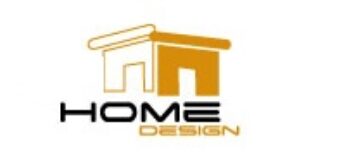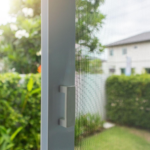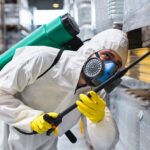 Both industries and individuals must consider the most effective practices to take in matters relating to maintenance. One idea that fits into this category is laser cleaning – a proven and environmentally friendly technology that is cost-effective in the long term. From maintaining the fragrance of historical structures to renewing gears of machines or even giving old cars a new lease of life, laser cleaning stands tall as a cost-effective process.
Both industries and individuals must consider the most effective practices to take in matters relating to maintenance. One idea that fits into this category is laser cleaning – a proven and environmentally friendly technology that is cost-effective in the long term. From maintaining the fragrance of historical structures to renewing gears of machines or even giving old cars a new lease of life, laser cleaning stands tall as a cost-effective process.
For instance, in removing rust from a rusty car chassis or when using very old parts where the use of abrasive solutions may damage surfaces, laser rust removal is a method that restores the car with the best technique. It increases its durability and reduces the cost of restoring such vehicles. This article discusses how using laser cleaning earns a much better cleansing result than the traditional way and saves a lot of future maintenance costs, making it a wiser and safer option for the future.
No Abrasion, Less Erosion
Common ways, such as sandblasting or chemical etching, can be almost as destructive to the protected surface as to grime and deposits it is aimed at. Laser cleaning, on the other hand, involves the use of a light beam that is focused and used to remove the dirt via evaporation without ever coming into contact with the material in question. This decreases the likelihood of damage to various parts, especially those with small gears or fragile surfaces, as there is less contact and overall friction, hence fewer replacements or repairs required down the line.
Time-Saving, Labour-Waving
Two of the most frequent and underestimated factors affecting long-term maintenance costs remain labor and downtime. Manual cleaning techniques are also time-consuming and require several workers, strict safety measures, and a lot of time to carry out cleaning activities during downtime. Laser cleaning systems also make it possible to automate major segments of the process, thus significantly reducing the amount of time to renew maintenance activities. It is a win-win situation for companies since the system leads to faster turnaround time, reduces reliance on manual effort, and therefore improves operational efficiency and brings down costs.
Low Upkeep, High-Value Reap
Guards for the maintenance tools and cleaning system also require extra expenses – filters, nozzles, and other consumables. Once installed, laser cleaning systems do not necessitate much attention or frequent servicing by technicians. This enhances the reliability of the machines since they require fewer parts to service or replace because of their high durability and precision engineering. In the long run, costs are saved resulting from reduced equipment wear, less frequent part replacement, and increased product life-cycle, which creates an excellent return policy.
Long-Term Gain, Minimal Strain
Laser cleaning is not only a solution to a specific problem—it is a prevention for the future. It reduces the extent to which cleaning needs to be redone, provides accuracy in areas where precision is important, and prevents damage to sensitive or expensive equipment through frequent cleaning. In any industry where even a single moment of equipment downtime means money lost, such as the manufacturing, aviation, or energy industries, laser cleaning saves crucial seconds and minutes.
Conclusion: A Smarter Way to Save and Shine
That is precisely what laser cleaning has done: redefined clean as intelligent maintenance. The practical uses of steam range from removing rust from vehicles to the restoration of large machinery without the possibility of burning them. In labor, wastage, and wear and tear and accompanying this modern solution, they hold the key to a long-term cost-saving measure. In a world that considers clean as expensive, laser technology shows that maintenance can be both cost-effective and efficient.










Leave a Reply
You must be logged in to post a comment.